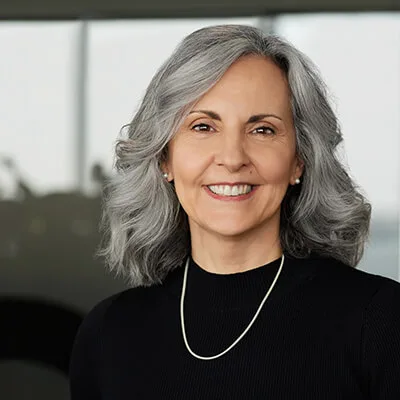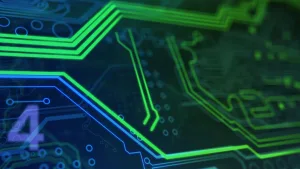
The team at Orthogone includes people with varied backgrounds and specialties. Suham Caricote Armando, FPGA Developer joined the team in 2020 with 17 years of experience doing ASIC validation and verification.

“If we want to have more women in engineering, we’ve got to show them that engineering is all about creativity. We need to reach girls early in school with teachers who can show them that science and technology are a lot of fun.”
In this Q&A session, Suham tells us why she decided to become an FPGA developer, and shares what she likes most about working at Orthogone.
Suham Caricote Armando
FPGA Developer,
Orthogone Technologies
A: When I started working after getting my bachelor’s degree in electrical engineering from Concordia, I thought I was going to go straight into ASIC design. But there’s a learning curve to do after university.
You don’t just go and design something so complex. and the reality is that it’s a complex process and there are many steps before you get to designing. It’s important to start from verification so that you learn flow and you learn what you need to do in order to be a good designer. My boss at the time told me, “Listen, if you cannot test it, you cannot sell it. Don’t forget that.” That advice has stayed with me.
A: From an early age, I said I wanted to do engineering and a lot of my friends were like, oh, my God, this is a boy’s field. This is a man’s career. But my parents encouraged me to choose anything I wanted. They said if I liked it, I should go for it. They were my main support.
I came to Canada from Venezuela as an international student just to study engineering. I was expecting to find a different world where I would be with a lot of women in engineering, but there weren’t many females in electrical engineering at the time, and I think it’s still the case now.
A: When you say you want to do mechanical engineering, civil engineering or electrical engineering, kids have the idea that you’re going to be on a pole switching electric cables, or you’re going to work in construction. And that idea is completely erroneous. Engineering is all about innovation and bringing products to life. If we want kids to change their concept of engineering, we have to start in the schools.
A: With ASICs, you could easily spend three or four years working on the same project with front-end verification, and then back-end verification after the circuit is printed in the wafer on the silicon. Once you have the prototype and start testing on the board, fixing a bug is expensive and time-consuming; it has to be reprinted on the wafer. You could wait months to get another prototype. It’s a long process.
I’m very happy right now that I have the opportunity to work on FPGAs, because they’re faster to bring to life. I’m looking forward to seeing projects come to life quickly, and not take years. I’m also excited to be working at Orthogone because it’s difficult to find a company that offers such a range of products to work on.
A: This is the first time that I’ve worked from home, apart from a project years ago where I had to work Taiwan hours to communicate with an overseas team. I did that from home because of the time difference. Now, with the pandemic, I was hesitant about how it was going to work. But it’s going very well; working remotely allows me to really concentrate. I actually work more hours since I don’t have my commute.
Any time I have an idea or if I think of something while I’m watching TV I can quickly log on and capture it, which I wouldn’t be able to do without a remote setup. And, with remote meetings, I’m in contact every single day with my teammates. Our regular meetings keep everyone in the loop and up to date, which is important because communication and collaboration are the keys to success for any project.



